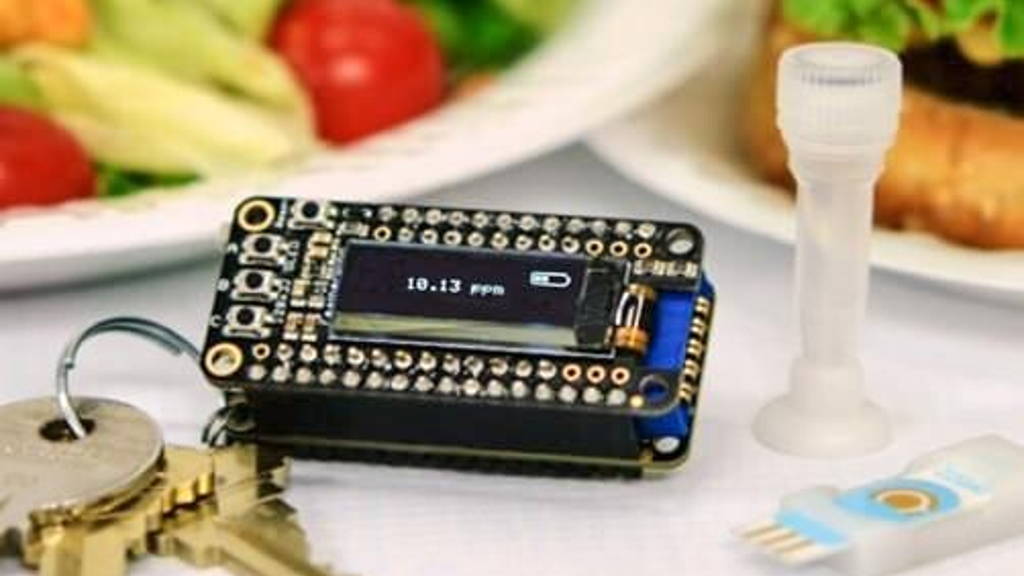Food allergies are extremely common. More than 50 million Americans have food allergies and often just trace amounts of allergens can trigger life-threatening reactions In the US, Federal regulations require packaged foods to disclose the presence of some of the most common allergens such as gluten, nuts, and milk products, which is helpful, but not always accurate.
When it comes to eating out, people with allergies have had to rely on their knowledge of what ingredients contain the allergens they must avoid, and on the efforts of the restaurant to provide dishes that eliminate allergens. Also, they must work to avoid cross-contamination between different ingredients in the kitchen. This approach generally leaves those with allergies with little choice but to completely avoid any foods that have the chance of containing an allergen, either in the natural ingredients, or because of contact with other foods containing allergens during preparation in a restaurant kitchen.
iEAT helps out with food allergies
To help out here, researchers at Harvard Medical School in Boston have developed a system called integrated exogenous antigen testing (iEAT). Its purpose is to give those who suffer from food allergies a rapid, accurate device that allows them to personally test foods in less than 10 minutes. Development of the iEAT system was led by co-senior team leaders Ralph Weissleder, M.D., Ph.D., the Thrall Professor of Radiology, Professor of Systems Biology at Harvard, and Director of the Center for Systems Biology (CSB) at Massachusetts General Hospital (MGH); and Hakho Lee, Ph.D., Associate Professor in Radiology at Harvard, Hostetter MGH Research Scholar, and Director of the Biomedical Engineering Program at the CSB, MGH. Shumin Wang, Ph.D., director of the NIBIB program in Biomagnetic and Bioelectric Devices, calls the invention a fortuitous combination of the interests and expertise of Weissleder and Lee in developing tools for early disease detection, magnetic sensors, and point-of-care diagnostics. “They have taken technologies they developed for other medical problems, such as early cancer detection from blood samples, and applied them to solving the daily, potentially life-threatening difficulties of people with food allergies—a highly significant highly significant public health problem that incurs 25 billion dollars in annual costs in the U.S. alone.” The device consists of three components.- A small plastic test tube is used to dissolve a small sample of the food being tested and to add the magnetic beads that capture the food allergen of interest, such as gluten.
- A bit of that solution is then dropped onto electrode strips on a small module that is then inserted into the electronic keychain reader.
- The keychain reader has a small display that indicates whether the allergen is present, and if so, in what concentration.






